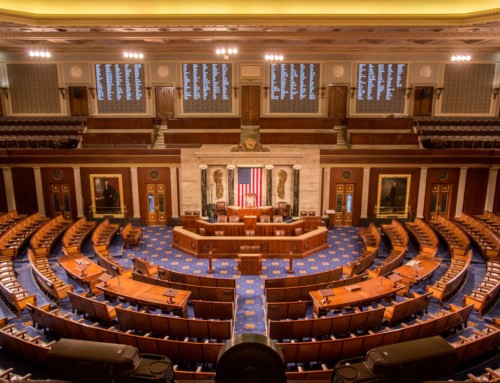By the time this is published, Brett Kavanaugh may very well be confirmed to the United States Supreme Court. My focus is not to comment on any partisan politics or whether I agree with the Senate confirmation vote – whichever way it goes – but instead to review Kavanaugh’s public speaking performance as a communications tutorial; specifically, his testimony on September 27.
You know which one I’m talking about. Judge Kavanaugh came into the Senate hearing room, following Dr. Christine Blasey Ford’s testimony, armed and ready to shoot. His supporters maintain the defensive posture was understandable for an accused man defending his name and his family; his detractors point to it as an omen of a temperament ill-suited for the nation’s highest court.
From a communications standpoint, what is it precisely that is prompting this dialogue?
Approaching as a crisis
Judge Kavanaugh and his advisors would have done well to approach the September 27 testimony as an opportunity to respond to a crisis. When we counsel clients on crises, we do it around the precept that crises can create opportunities to demonstrate leadership and not just rebuild but actually enhance reputations – depending on the response, and its authenticity.
Improvising said response, as the judge appeared to do, often decreases confidence and raises leadership doubts.
It’s how you speak and look while doing it
Let’s look at specifics. Judge Kavanaugh needed to be clear, consistent and credible. He needed to project an authenticity, more than anything. How could he have done that?
Authenticity comes from three places: the words you chose, your vocal tone, and your visual cues.
Since his word choices would lead us down a partisan road, I’m going to speak solely to his vocal tone and visual cues.
Judge Kavanaugh’s vocals – tone, volume and cadence – were almost consistently defensive, and at times could be described as belligerent. His breathing was erratic, which attracted attention to his anger. He also unfortunately seemed to subscribe to the notion that emphasis requires volume, when in fact the opposite is true: If you truly want to get an audience’s attention, whisper.
Visual cues are body language, eye contact, gesture and posture. The judge’s movements were erratic and angry, from the way he picked up his water glass, to the way he set down each piece of paper after reading from it. His eye contact, particularly to opposing senate leadership, was hard and unyielding.
The temperament and emotion conveyed by Judge Kavanaugh both vocally and visually did nothing to portray authentic leadership, and thus nothing to help his defense – the exact opposite of what he set out to do.
Moving on from that performance …
That second hearing performance hurt Judge Kavanaugh, creating what I’ll call his second crisis.
He was under attack, to be certain, and the partisan and increasingly contentious media environment through which he navigated lends itself to more contentiousness, not less. But, an important point we also emphasize to our clients is that the public will mostly forgive a mistake or a crisis, but they will not forgive a poor response, poor communication and poor leadership. How much they forgive depends on how much trust is established.
Judge Kavanaugh had an opportunity to establish that trust, and I fear he came up short.
He obviously realized that, based on the editorial he penned for the Wall Street Journal earlier this week. While the tone in his piece might add points to his column in the minds of those already in his corner, others see it as too little, too late – he missed an opportunity to emanate leadership.
PLUS – Public Leadership Under Stress
What could Judge Kavanaugh have done differently? In our Crisis Preparedness & Response (CPR) training, we add an important PLUS: Public leadership Under Stress. The stronghold of this PLUS is a demonstrated commitment to transparency, honesty, accountability and responsibility. That’s how you build the trust that can turn a negative into a positive.
The executive who immediately stands before the public and takes ownership for his organization’s actions, whether he was directly and personally responsible or not, with a crystal-clear public apology, is taking the bold first step on the road to that trust.
That’s one important piece missing from Judge Kavanaugh’s recent editorial: An apology for the outburst and defensiveness throughout the second hearing. I believe he could have defended his record and his honor with more authenticity, and less anger. Authenticity never comes from a defensive stance, and there is no substitute for authenticity in public discourse.
One could argue that this was just about Mr. Kavanaugh personally, but the problem is, once confirmed, he is joining one of our most revered institutions: The U.S. Supreme Court. And taking a less-than-authentic judicial repute with him, scarred by the partisan process of the last few weeks.




